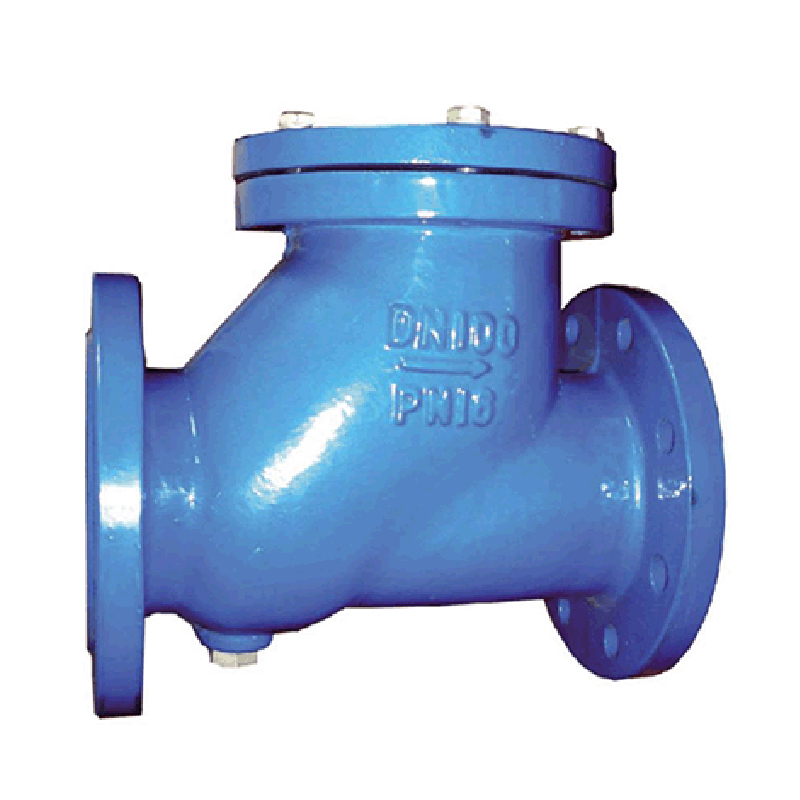Nov . 24, 2024 11:09 Back to list
sewage air release valve
Understanding Sewage Air Release Valves Importance and Functionality
Sewage systems are crucial for maintaining public health and hygiene by efficiently transporting waste from homes and businesses to treatment facilities. A critical component of these systems is the sewage air release valve, an often-overlooked device that plays a significant role in ensuring the smooth operation of sewage infrastructure. This article will delve into the importance, functionality, and maintenance of sewage air release valves.
What is a Sewage Air Release Valve?
A sewage air release valve is a specialized fitting installed in wastewater pipelines, designed to release trapped air from the system. During the transport of sewage, air can become trapped in the pipeline due to various reasons, including changes in flow direction, temperature variations, or pipe configurations. This trapped air can lead to several issues, such as decreased system efficiency, increased pressure, and even the risk of pipeline damage.
Importance of Air Release Valves
1. Preventing Air Lock The primary function of sewage air release valves is to prevent air locks in pipelines. An air lock occurs when air becomes trapped in a pipeline, restricting the flow of sewage and potentially causing backups. By releasing trapped air, these valves allow for a smoother, uninterrupted flow of wastewater.
2. Reducing Odor Air release valves not only help in relieving pressure but also play a role in minimizing the annoying and harmful odors that can emanate from sewage systems. Proper ventilation through these valves can significantly reduce the buildup of noxious gases, ensuring a healthier environment around sewage infrastructure.
sewage air release valve

3. Maintaining System Efficiency The efficiency of a sewage system is paramount for effective waste management. Air pockets can create turbulence and disrupt the flow, leading to inefficiencies and potential overloading of treatment facilities. By facilitating a consistent flow, air release valves contribute to the overall efficiency of the wastewater management system.
4. Longevity of Infrastructure Continuous pressure fluctuations caused by trapped air can compromise the integrity of pipelines, leading to premature wear and tear. By mitigating these fluctuations, sewage air release valves help prolong the life of the infrastructure, resulting in reduced maintenance costs and fewer system failures.
Functionality of Air Release Valves
Most sewage air release valves operate automatically. They are designed with a float mechanism that opens the valve when air pressure reaches a certain threshold. As air is released, the float rises and eventually closes the valve when it drops below the set pressure. This cycle ensures that the valve operates only when needed.
Additionally, modern air release valves are often constructed from durable materials resistant to corrosive sewage conditions, ensuring they remain functional and reliable over time. Regular inspections and maintenance are crucial to ensure these valves operate effectively and efficiently.
Conclusion
In conclusion, sewage air release valves are vital components of wastewater systems, playing a crucial role in maintaining the efficiency, safety, and longevity of sewage infrastructure. By preventing air locks, reducing odors, and facilitating a smooth flow of sewage, these valves contribute significantly to public health and environmental sustainability. As municipalities continue to upgrade and maintain their sewage systems, the importance of air release valves cannot be overstated. Adequate attention to these devices can lead to improved system performance, less frequent disruptions, and lower maintenance costs, ultimately benefiting communities and their residents. Regular monitoring and maintenance practices will ensure these essential valves continue to perform effectively, supporting the vital function of sewage management systems.
Share
-
Reliable Wafer Type Butterfly Valves for Every IndustryNewsJul.25,2025
-
Reliable Flow Control Begins with the Right Ball Check ValveNewsJul.25,2025
-
Precision Flow Control Starts with Quality ValvesNewsJul.25,2025
-
Industrial Flow Control ReliabilityNewsJul.25,2025
-
Engineered for Efficiency Gate Valves That Power Industrial PerformanceNewsJul.25,2025
-
Empowering Infrastructure Through Quality ManufacturingNewsJul.25,2025